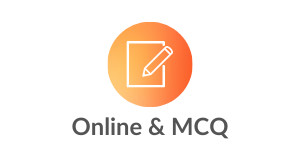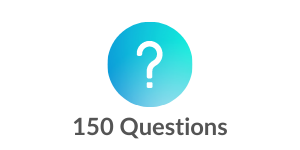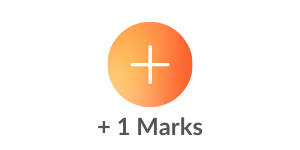
MH-CET Law exam for admissions to 5-year Integrated Undergraduate Course in Law is conducted by State Common Entrance Test Cell. The exam pattern for the 5-year Integrated Undergraduate Course in Law is released by the Directorate of Higher Education. The exam pattern is designed in such a way that it evaluates a candidate’s ability, aptitude, comprehension skills and reasoning. If you want to be a successful lawyer, you have to master all of these areas. However, not just your skills, even your knowledge, speed and accuracy is evaluated along.





| # | Number of Subjects | Number of Questions | Weightage |
|---|---|---|---|
| 1 | Legal aptitude and legal reasoning | 40 | 40 |
| 2 | General knowledge with current affairs | 30 | 30 |
| 3 | Logical and analytical reasoning | 40 | 40 |
| 4 | Maths | 10 | 10 |
| 5 | English | 30 | 30 |
Candidates should have secured +2 Higher Secondary Pass Certificate or First Degree Certificate after processing studies in Distance or Correspondence Method are eligible for admission to the course.
Candidates who have their class 12 through Open (University) system directly without having any basic qualification (Standard X) will not be considered eligible for 5 year MH CET law course.
Candidates who have successfully completed their Senior Secondary School course (+2) or equivalent (such as 11+1, A level in Senior Secondary School Leaving Certificate course) from a recognized University of India or outside or from Secondary Board or equivalent, or from any equivalent institution from a Foreign Country recognized by the Government of that Country having 45% marks in aggregate for Open Category candidates and All India Candidates (candidate belonging to SC and ST Category from the State of Maharashtra with at least 40% marks and VJNT,SBC, OBC & SEBC Category belonging to State of Maharashtra with Minimum 42% marks) will be eligible for this course.
Candidates who have secured 10th Std./Secondary Schooling Certificate Examination, in a Single Sitting Examination without having the basic qualification (1st to 9th Standard of Schooling) will not be eligible for admission.
All the candidates for the qualifying examination (regular examination of that academic year) are also eligible to apply for the entrance examination. Such candidates will be eligible for admission only if they produce the provisional/Degree certificate of the qualifying examination and the mark lists of all parts of qualifying examination at the time of admission.
You will be provided passages of about 450 words each. These passages will be derived from contemporary or historically significant fiction and non-fiction writing.
You will be provided passages of up to 450 words each. The passages will be derived from news, journalistic sources, examination of legal information.
In this section, you will be expected to read passages of around 450 words each. The passages may relate to fact situations or scenarios involving legal matters, public policy questions or moral philosophical enquiries.
In this section your following abilities shall be tested:
In this section your ability to apply various X standard mathematical operations on such information, including from areas such as ratios and proportions, basic algebra, mensuration and statistical estimation.